|
When planning a trip for clients I always think it is important to know what interests they have. Do they have any special hobbies? What is their style?
It is also important to put together a mix of some of the "Must See" sights as well as some hidden gems that my clients never would have found on their own. I recently had the pleasure of working with Nanette and Bill Price, who came to me with a request for Norway and Copenhagen, but other than giving me those two destinations they gave me free reigns to come up with an itinerary for them. Ofcourse we included some of the must-see places in Norway but I also wanted to include several places that few American travelers visit. Norway has so many amazing destinations that few get to experience because there seems to be a must-see list that everyone has to cover, and few have time to do much else. The result is that many of the must-see places are suffering from over-tourism, while there are so many hidden gems all throughout the country that few tourists get to enjoy. Nanette and Bill spent a few days in beautiful Bergen, which is a popular destination in Norway. Leaving Bergen they took a ferry to beautiful Bekkjarvik, a small village located south of Bergen in the island paradise of Austevoll. Bekkjarvik is home to the acclaimed Bekkjarvik Gjestgiveri guesthouse, dating from the 17th century, where they have been welcoming guests for over 300 years. This is where Nanette and Bill stayed, in a beautiful two-story room in a building that used to be a herring factory. Arrangements had been made for Nanette and Bill to have a gourmet cooking class given by Ørjan & Arnt Johannessen, two of Norway's best chefs. In 2015, Ørjan won the prestigious prize Bocuse d'Or. He has also won the European Bocuse d'Or as well as Norway's best chef. Needless to say, the results of Nanette and Bill's cooking lesson were quite impressive. They of course got to enjoy the fruits of their labor with some nice wine. When you take your next trip don't just visit the check-list that everyone else has. Try to sprinkle in a few unique gems that few include in their itinerary. Need some help planning an amazing and unique trip, please contact me, or one of my colleagues for assistance.
0 Comments
One of the reasons we travel is to experience and learn about other cultures. Try something you have never tried before. Maybe even get a little out of your comfort zone?
Imagine if you can, you have traveled to a destination in Finland known as Ylläs, located in Lapland, approx. 93 miles north of the Arctic Circle. You are dressed in an Arctic survival suit, which makes you look like a combination of a Teletubby and the Michelin Man and you are floating around in the icy water of Lake Ylläsjarvi while big pieces of ice are drifting by you. You feel like you are floating in mid-air as if there is zero gravity. A few snowflakes softly land on your face. You look around, and all you can see is snow and ice, yet you are snuggly warm. There is a unique silence here. Pure relaxation and nature are galore! If you are looking for a unique, exotic, and I may even say a bit unworldly experience - this is IT! Ice-floating, combined with a great chance of seeing the Northern Lights, a reindeer safari, a true Finnish sauna experience, snowshoeing, and maybe a night at a snow hotel, I guarantee you will have an experience you'll never forget. (And those who know me well, know that I am always cold, BUT I have never slept as well as I did when I stayed in a snow hotel. I was cozy and warm, I promise!) If you are intrigued by a Finnish adventure, please let's talk! I promise you that you will not be disappointed. Contact me at lene@perfectlyplannedjourneys.com / 703-927-0588. The picture is provided by my Finnish friend and supplier Andrea Cammisuli from Safartica. Together we can put together an experience you will never forget. I love planning my client's vacations, but some trips are definitely more fun than others. Today I completed a favorite! - Portugal!
One of the destinations I have included in this trip is Palmela. With its steep cobbled streets lined with charming whitewashed houses, Palmela is centered around one of Portugal's most beautiful castles. At an altitude of almost 4000 feet at the edge of the Arrábida mountain range, the castle offers superb views out over the vineyard terraces and surrounding countryside. This area has a history of settlement from the Neolithic Period. First by the Romans, then the Visigoths and Moors. The original Moorish fortress built sometime in the 8th or 9th century was expanded after the Reconquest of the area by Christian knights. Control of the area switched back and forth between Christian and Muslim control until 1165. The Moors regrouped and the forces of the Almohad Caliphate retook these castles. It was not until the early 13th century that Palmela finally remained under Portuguese control. Damaged by the 1755 Earthquake, the castle was abandoned by its monks (the successors of the Order of Santiago) after the dissolution of Portugal's monasteries in 1834. The castle was then occupied by the Portuguese military. Situated in the heart of one of Portugal’s richest wine-growing regions, and only a short drive from both Lisbon and the beautiful seaside town of Setubal, Palmela is a perfect location to stay. Within the castle walls are the Convent and Church of Santiago de Palmela, which forms part of Pousado Castelo de Palmela, a lovely pousada where my clients will be staying for part of their vacation. My son Erik and I stayed here a few years ago and truly fell in love with this divine place. There are tremendous views from the rooms of the castle and reaching as far as the sea on clear days. At the beginning of September every year, they have a grape harvest festival that includes processions, performances, and the release of bulls in this area. If you would like to visit Palmela or anywhere else in Portugal, please get in touch. You will visit the most amazing places. Contact me at lene@perfectlyplannedjourneys.com or 703-927-0588. In honor of Ukrainian independence day, I would like to write today's post about Ukraine. I usually write my posts to intrigue my readers to visit the destination.
At the moment for obvious reasons I am not suggesting that anyone travel to Ukraine on vacation, but hopefully one day soon we can. Ukraine’s independence was officially declared on August 24, 1991. Its parliament proclaimed that the country would stop following the laws of the USSR, and instead abide by its own laws. The day is the most celebrated day of the year. Ukraine has always had its own culture and language, although it has been dominated for centuries by Russia. Over 90% voted in favor of Ukraine's independence in 1991. Ukraine is the largest country in Europe unless you count Russia, which lies in Asia as well as Europe. However, until the Russians launched a full-scale invasion of Ukraine on February 24th, 2022, few people knew a great deal about Ukraine. Ukraine is historically and culturally very rich. It has six cultural and one natural UNESCO World Heritage Site. Many of its cities have long histories and well-preserved historic centers. There are beautiful churches throughout the country in addition to many many impressive castles and fortresses that are a reminder of the country’s glorious past. Ukraine has some of the most nutrient-rich soil in the world and is the largest producer of much of the food we eat such as corn, wheat, potato, sugar beet, barley, tomatoes, apples, and pumpkins to mention a few. For this reason, it is often called the “Breadbasket of Europe”. You may know that Ukraine is also the world’s largest producer of sunflower seeds. Across every part of Ukraine, you’ll see stunning fields of yellow blooms Ukraine has a nearly 100% literacy rate, which is only 2nd to North Korea in the entire world. Fun Fact: The world’s first constitution was drafted and introduced in 1710 by Ukrainian Hetman Pylyp Orlyk. The document was aimed at introducing the separation of powers. It outlined the responsibilities and rights of both citizens and government. Best wishes for Ukraine and its people. There are some destinations that everyone should experience once in a lifetime, and Cairo is one of those destinations. Last October my husband and I had the pleasure of spending 4 days in Cairo while visiting Egypt.
One of the places we visited was Al-Azhar Mosque, located at the heart of Islamic Cairo. While there are hundreds of old mosques to visit in Cairo, there is none that can compete with Al-Azhar Mosque. Founded by the Fatimids in 970 AD as a mosque dedicated to both worship and learning, it developed over the centuries into the most important center of Islamic theology and learning in the world. Over a thousand years since its founding, Al-Azhar Mosque and the university that bears its name draw students from all over the world to learn about the history of Islam and the different schools of thought that govern the interpretation of the Koran. What you may not know is that it is also the place where the graduation black gowns originated from. The costume worn by students all around the world during their graduation was inspired by the flowing robes of the Islamic Scholars 'graduating' from Al-Azhar. If Cairo (and the rest of Egypt) is on your wishlist of places you would like to visit I would love to help you out. I have some great suppliers in Egypt, and together we will make sure you have a trip of a lifetime! Please contact me at lene@perfectlyplannedjourneys.com or 703-927-0588. Today is the Sami National holiday so I wanted to share a little information about this group of indigenous people that come from the region of Sápmi, which stretches across the northern parts of Norway, Sweden, Finland, and the Kola peninsula in Russia.
This holiday commemorates the meeting in 1917 when the Sami people and Norwegians came together to solve joint conflicts. The Sami National Holiday was created in 1992 at the 15th Sami Conference in Helsinki. The holiday has been celebrated every year since. The level of recognition this holiday receives at the national level across the region varies. In Norway it receives the greatest attention: Norway has legally designated it as a national flag day, requiring that government offices display the Norwegian flag on this day. Up until the 1960s, the Sami people were discriminated against and many laws were implemented trying to force the Sami to integrate more with the general population of Norway. Today the Sami National Day is celebrated all over the country. The Sami flag is raised, their national anthem is sung, and food such as “reindeer meat” and “fish” is served to celebrate. The circle in the Sami flag symbolizes the sun and the moon, and the four colors used, which are also used in their clothing represent the four countries that they inhabit. A few years ago I had the privilege to visit Alta, in the northern part of Norway, where I spent a day with a Sami man named Mikkel Per Bongo. It was very interesting to learn a little about the Sami culture, which in some ways is similar to that of Native Americans. The Sami people's livelihoods include coastal fishing, fur trapping, and sheep herding, but their most common means of livelihood is definitely reindeer herding. Currently, about 10% of the Sami are connected to reindeer herding, providing them with meat, fur, and transportation. Approx. 2800 Sami people are actively involved in herding on a full-time basis. The Sami have practiced traditional reindeer herding since the 17th century. Reindeer herding is more than just a profession but a way of life. The Sámi are ‘semi-nomadic’, meaning they don’t stay in the same place all year. Sámi herders migrate with their reindeer during the seasons, heading to the mountains for winter and coming back together with the community in the summer. On the journey, Sámi herders will camp in a traditional tent, called a lavvo. A lavvo is similar in style to the teepees and wigwams used by American Indians. The reindeer is a valuable resource for the Sami. In traditional herding, reindeer were used for food, clothing, trade (reindeer as a form of money), and for labor. For traditional, environmental, cultural, and political reasons, reindeer herding is legally reserved for only Sami people in some regions of the Nordic countries. According to the New Norwegian Reindeer Herding Act from 2007 which regulates reindeer herding in Norway, only those who have the right to a reindeer earmark can conduct reindeer husbandry in the Sámi reindeer herding area. The right to a reindeer earmark requires that the person is a Sámi and themselves, their parents or their grandparents have or had reindeer herding as their primary occupation. A reindeer earmark is a combination of one to many cuts in a reindeer’s ears which tells who the reindeer owner is. Reindeer husbandry is often referred to as the cornerstone of Sámi culture. The conditions in reindeer herding can be extreme and cold. To be able to manage and survive these conditions the Sami people have an intimate knowledge of the landscape, weather, and wildlife - knowledge that most of us no longer possess. Today there is approx. 2000 Sami people in Russia, 8000 in Finland, 20000 in Sweden, and 50000 in Norway. If you are interested in visiting Sápmi (also known as Lapland), which today encompasses large northern parts of Norway, Sweden, Finland, or another exciting destination please contact me at lene@perfectlyplannedjourneys.com or 703-927-0588 #love2travel #perfectlyplannedjourneys, #Lapland, #Norway, #Sweden, #Finland, #Sami, #traveladvisor Valentines Day is only 10 days away, so why not talk about destinations worthy of a romantic visit. Let's start with Amsterdam.
When thinking of romantic destinations, Amsterdam may not be the first place that comes to mind, but with its old city charm, illuminated bridges, and dreamy canals, Amsterdam is such a romantic city. In the 17th Century, Amsterdam had the largest diamond manufacturing center in the world. In fact Amsterdam was known as the "City of Diamonds". Today, other cities such as London and Antwerp dominate in the diamond world, but you can still find locally produced diamond jewelry in the city, backed by hundreds of years of history. Amsterdam has the only flower market in the world which has been in existence since 1862. Its stalls are all located on boats, just like in the old days when flowers were delivered by boat. Would you like to go for a romantic stroll? Amsterdam has more canals than Venice and more bridges than Paris. With over 165 canals, the most popular canals are the Herengracht, Prinsengracht, and Keizersgracht. There are 1281 bridges., Enjoy museums? Amsterdam has the highest concentration of museums per square mile of any city in the world. Even Amsterdam Airport Schiphol has a museum. For a romantic dinner, why not try In de Waag, a romantic restaurant with a lot of history? It looks like a small castle, but de Waag was formerly known as the St. Anthony’s Gate, and In medieval times, it used to be a wooden structure.’ The gate is first referred to in a deed in 1466, but it is believed to be older. If you go, be sure to make reservations. If you are a bird lover, be sure to visit Vondelpark. More than 4000 parakeets can be found there. They are not native to The Netherlands but were brought there as pets. A few escaped and decided that they liked Amsterdam. And why not add a little mystery? Over the past 30 years, a mysterious person or group has mounted six statues in Amsterdam including a sculpture of a violinist inside the Stopera. The city of Amsterdam became the owner of the sculptures on the promise that the identity of the artist/artists would never be made public. If you need any help planning a memorable trip to Amsterdam or another romantic destination please contact me at lene@perfectlyplannedjourneys.com or 703-927-0588 #love2travel #perfectlyplannedjourneys, #Amsterdam, #traveladvisor, #romancetravel In honor of the birthday of the Oxford English Dictionary, which was finally completed after over 40 years of work on February 1st, 1884 let's learn a little about Oxford.
It is no surprise that Oxford has more published authors per sq. miles than anywhere else in the world. JRR Tolkien (The Lord of the Rings), Lewis Carroll (Alice in Wonderland), CS Lewis (The Chronicle of Narnia) to mention a few. Speaking of Alice in Wonderland, did you know that she is based on a real person? Her real name was Alice Pleasance Liddell, and Lewis Carroll (real name Charles Dodgson) made up the whimsical story to entertain a 10 year old Alice and her sisters. Oxford is a beautiful city in in South East England. It is situated 50 miles north-west of London. The history of Oxford in England dates back to its original settlement in the Saxon period. The architecture of its 38 colleges in the city’s medieval center led poet Matthew Arnold to nickname it the 'City of Dreaming Spires'. The University of Oxford is the World’s second oldest university. Balliol College, one of Oxford’s oldest colleges was founded in by John Balliol in 1263. The truth is that Mr. Balliol had to pay for this college to be built as a punishment for insulting the Bishop of Durham. The reason that Oxford was not bombed during WWII was that Hitler wanted to use it as his capital. Lastly, in case you wonder where the name Oxford comes from, it originates from the old term 'Oxanforda' which literally meant a ford (shallow crossing) in the river where the cattle (Oxen) could cross safely. If you need any help planning a memorable trip to Oxford, England or some other wonderful destination please contact me at lene@perfectlyplannedjourneys.com or 703-927-0588 #love2travel #perfectlyplannedjourneys, #Oxford, #England, #traveladvisor At first glance, the picture to the left looks to be of a real man. This is not the case. This is one of the many amazing ice sculptures at Sorrisniva Igloo Hotel. This particular sculpture is of Tor Kjetil Wisløff, the General Manager at Sorrisniva. It was created by Sorrisniva's very talented Creative Director Maya Christine Opgård, who is pictured above at the ice bar. Sorrisniva voted one of eight "Coolest Hotels in the World" is located in Alta. Sorrisniva is the Igloo Hotel located the furthest north in the world and is built from scratch by local artists every year, with a different theme each year. In case you did not know, Alta is referred to as "the town of the Northern Lights". A few years ago I had the privilege of staying in Sorrisniva's Igloo Hotel. Let me tell you, although I am from Norway, this was one of the most exotic and memorable travel experiences of my life. I am not going to lie, I was a bit nervous before I got there. The thought of sleeping in an igloo was actually not that appealing to me. I like to be warm, and I was pretty sure igloos would NOT be warm. I pictured myself shivering all night without any lights, no electronics ..... just the cold! Would you believe me when I tell you I have never slept so well in my life? and I would go back to Sorrisniva in a second. It was actually quite nice to go to bed, and not have any of the distractions I usually have. It was so quiet and peaceful, the air was crisp and clean and to my big relief, the arctic sleeping bags ensured that I was snuggly and warm all night long. In the morning there were nice hot showers and saunas. There are a lot of fun activities at Sorrisniva, and it is a perfect place for a special occasion. You can even have your wedding inside the igloo hotel. Let me not forget the food....... who could forget the food! Sorrisniva is well known for its culinary expertise focused on all locally sourced products. While staying at Sorrisniva you can also learn a little about the Sami people and their culture, and be able to visit some of their reindeer. The Sámi people (also Saami) are indigenous people of the northern parts of Norway, Sweden, Finland, and the Kola Peninsula of Russia. So why not plan something totally different for next winter? If you are interested in Sorrisniva please contact me. My contact information is Lene@PerfectlyPlannedJourneys.com / 703-927-0588. #love2travel #perfectlyplannedjourneys, #LoveSorrisniva, #traveladvisor, #travel2Norway Skiathos is a beautiful little Greek island in the Aegean Sea, where you can find this idyllic beach named Lalaria Beach, which is only accessible by boat.
Here you will find crystal clear turquoise water and a beautiful, smooth, white pebble beach. Unfortunately, visitors have been helping themselves to pebbles as souvenirs, which has created a huge change in the landscape over the last decade. So next time you travel, bring home some amazing photographs but leave nature the way it was when you got there. Incidentally, visitors who are caught with pebbles will be fined anywhere from $468 to $1,170 USD. A very interesting fact about Skiathos is that when Persia invaded Greece for the first time in 492-490 BC the fleet of Xerxes, the king of Persia, was interrupted by a great storm on the coast of Skiathos. As a result, the Greek fleet was able to barricade the surrounding seas to prevent the Persians from gaining entry which led to the defeat of the Persians. As an added fun fact, the award-winning movie, ‘Mama Mia’ was shot on this island, and rumors have it that the best souvlaki in Greece is sold on Skiathos. Please contact me if I can help you with a trip to Skiathos, or another breathtaking destination in Greece. I can be reached at lene@PerfectlyPlannedJourneys.com or 703-927-0588. #love2travel #perfectlyplannedjourneys, #LoveGreece, #traveladvisor, #leaveonlyfootprints Mountains, a lake, and a castle plus an interesting history, Zell Am See has it all. This picturesque postcard destination located halfway between Salzburg and Innsbruck received its city status less than 100 years ago.
Founded by monks in the 8th century and named Cella in Bisoncia, it has an old Romanesque and Gothic parish church and a Renaissance castle, Schloss Rosenberg. Cella meant a monastery, referring to the village’s monastic peace and Binsonzio referred to its location in the Pinzgau region. It was only named Zell Am See in 1810. Zell Am See literally means “on Lake Zell”. Lake Zell is one of the top sights in Austria. Zell Am See was just a market town, a locality of farmers. But that changed practically overnight in 1875 when the Salzburg-Tyrol railway opened. Tourism grew quickly, which is no surprise. Here you can enjoy one of the cleanest lakes in the world. Feel free to take a sip or two. The water of Lake Zell is of drinking standards. The lake is formed from an underwater spring, making it one of the warmest lakes in Europe. Lake Zell is surrounded by the majestic peaks of Schmittenhohe and Kitzsteinhorn providing a breathtaking view of the Alps. The old town has ancient buildings that have stood the test of time. Zell Am See really is an exquisite holiday location with all the features you could be looking for in an Austrian holiday destination. The town is considered a top summer and winter destination for tourists. Please let me know if Zell Am See is a destination you would like to visit. I would love to help you out. Contact me at lene@perfectlyplannedjourneys.com or 703-927-0588. The Great Sphinx is part of the Giza Plateau complex, but deserves a post of its own. It is one of the most recognizable constructions in history. A mythical creature with the head of a man, and the body of a lion, facing directly from west to east, The face of the Sphinx is believed to represent the pharaoh Khafre. Sculpted from soft sandstone, many believe that the Spihinx would have disappeared long ago had it not been buried in the sand for so many long periods in its lifetime. The body is 200ft long and 65ft., which when next to the pyramids seem small.
There is a wall around the Sphinx, and archeologists believe, that as a young prince,Thutmose IV fell asleap in the shade of the Spinx. At the time the Sphinx was buried up to it's neck in sand. Thutmose, who was not the crown prince, had a dream where Ra-Hor-Akhty the sun god, talking through the Sphinx, spoke to him, telling the young prince to clear away the sand because the Sphinx was choking on it. The Sphinx said to him that if he did this, he would become King of Egypt. Thutmose did as he was asked, and after completing the request of the Sphinx, Thutmose placed a carved stone tablet, now known as the Dream Stele, between the paws of the Sphinx. The restoration of the Sphinx, and the text of the Dream Stele would be a piece of propaganda meant to bestow legitimacy upon his unexpected kingship. It should be mentioned that little is known about King Thutmose's IV reign as king. You don’t go to Egypt without seeing the pyramids. In fact they are part of Cairo's skyline, located just 6 miles from the city center, on the west bank of the Nile River is where the Giza Plateau is located.
The Pyramids of Giza are also referred to as the Giza Necropolis because they were built as tombs for kings (and queens) who reigned from around 2613–2494 BC. known as the Fourth Dynasty, While the most famous pyramids in Egypt are the three largest ones, the Giza Plateau is actually the home to a total of nine pyramids The Great Pyramid of Giza is the oldest and by far the biggest, tallest, and most intact pyramid in Egypt. It is the final resting place of king Khufu (Cheops), and took approx. 20 years to build. It is built entirely of limestone and is considered an architectural masterpiece, containing approx. 2.3 million blocks ranging in weight from 2.5 tons to 15 tons. The original height of the pyramid was 488ft. In case you are wondering, that means that one block would have had to be laid every 5 minutes of every hour, 24 hours a day for 20 years. In addition to the unimaginable amount of work involved, it is fascinating to learn that the construction of the pyramids was so advanced that even with modern 21st century technology, human race has not managed to replicate the Great Pyramid of Khufu with such precision, and highly advanced mathematical, geological and astronomical science. For this reason, it is safe to say that unlike popular belief that the pyramids of Giza were not built by slaves, but rather highly skilled masons, engineers, architects, surveyors, and other craftsmen. If you would like to travel to Cairo to see the pyramids for yourself, please contact me at 703-927-0588 or lene@perfectlyplannedjourneys.com You may DIY your domestic travel, and even trips to international destinations that you are familiar with, but when visiting far away foreign places where the culture and language is totally different from your own taking advantage of a "Meet & Greet" makes all the difference in the world!
During my recent trip to Egypt I got to enjoy the "Meet & Greet Service" provided by my supplier in Egypt Yasser Salah, and it was simply wonderful! After a very long flight, let me tell you, to be met at the airport by someone who helps you get through immigration, takes care of your visa, picks up your luggage, and walks you out to a waiting car is so nice! To then have our own guide and driver during our entire trip was priceless! And of course, when we left to return home, we didn't even need to show a ticket, our airport concierge took care of everything. Pictured above are the three guys who took all the stress out of our trip. |
AuthorLene H. Minyard Archives
September 2023
Categories |
Copyright Perfectly Planned Journeys, LLC™ 2021

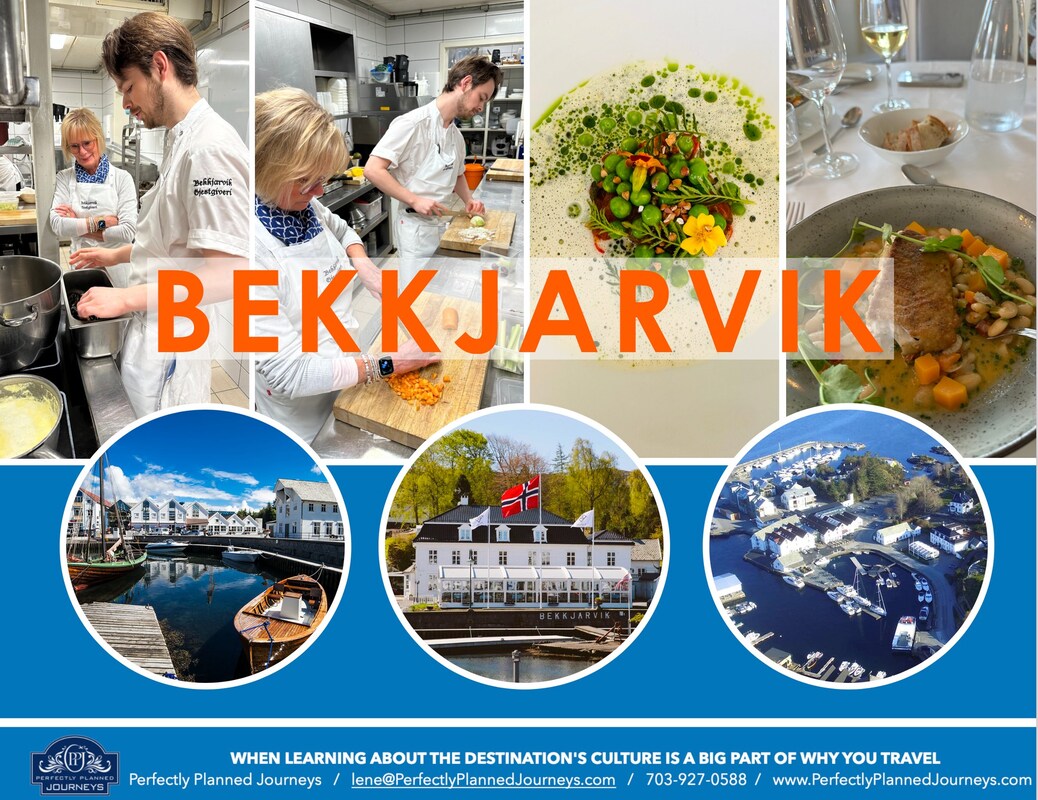
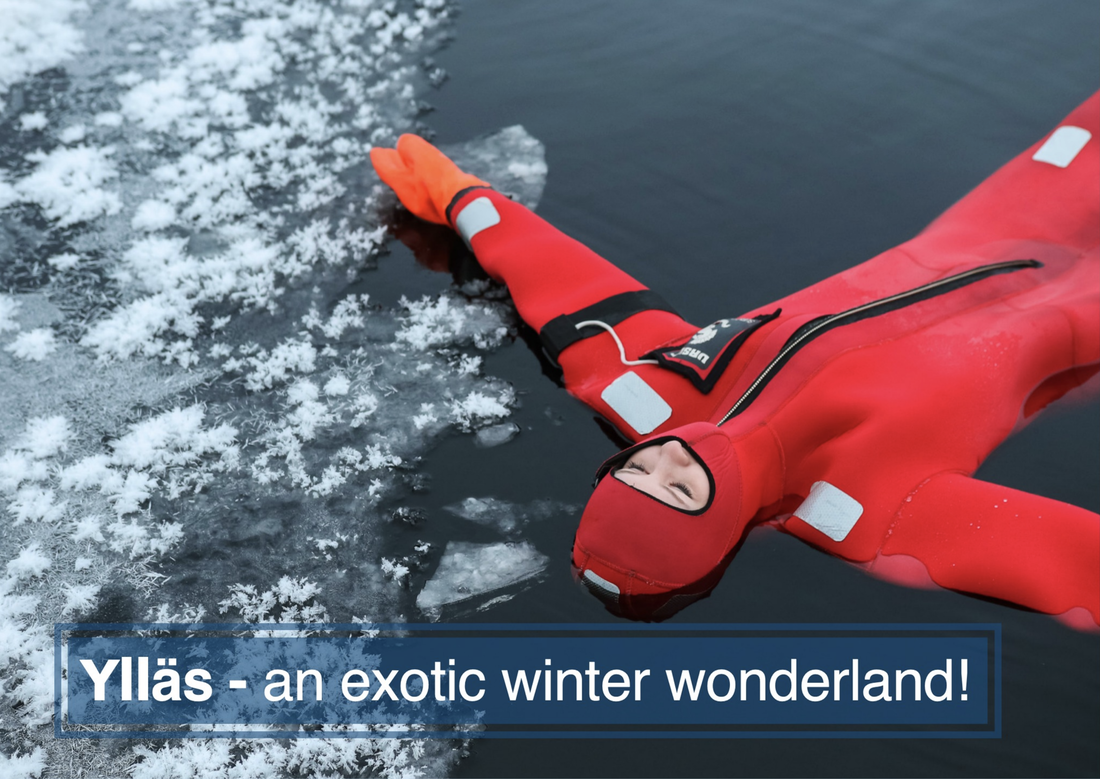
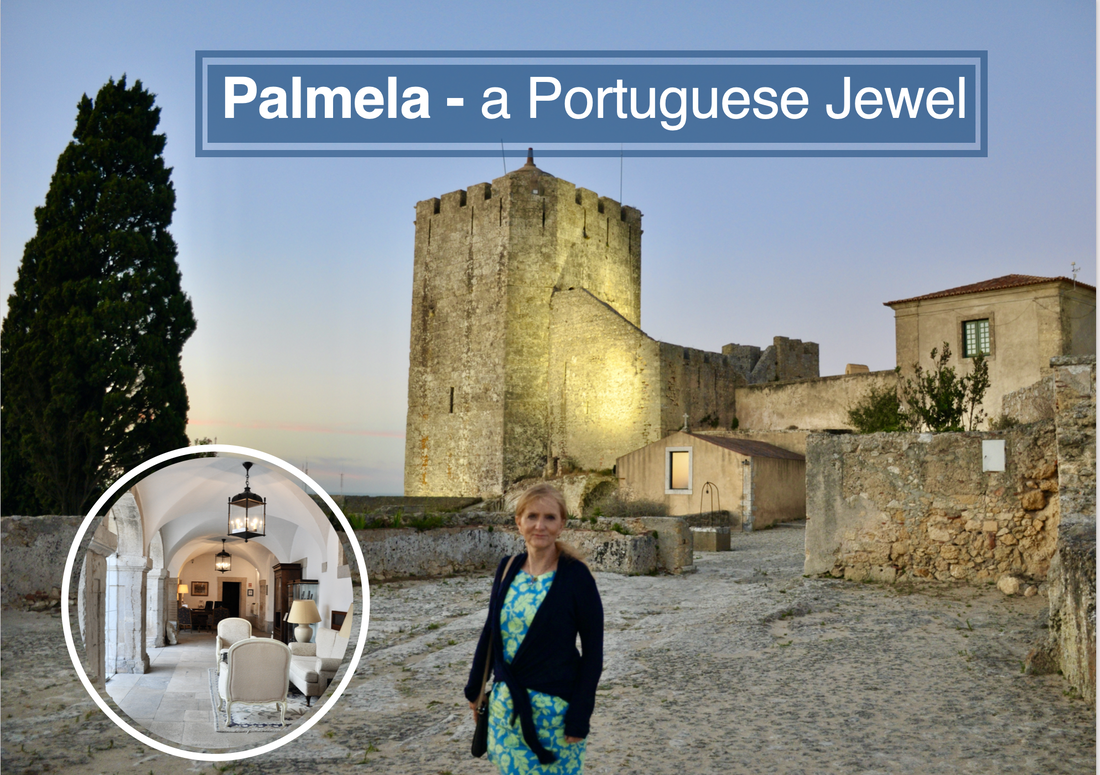


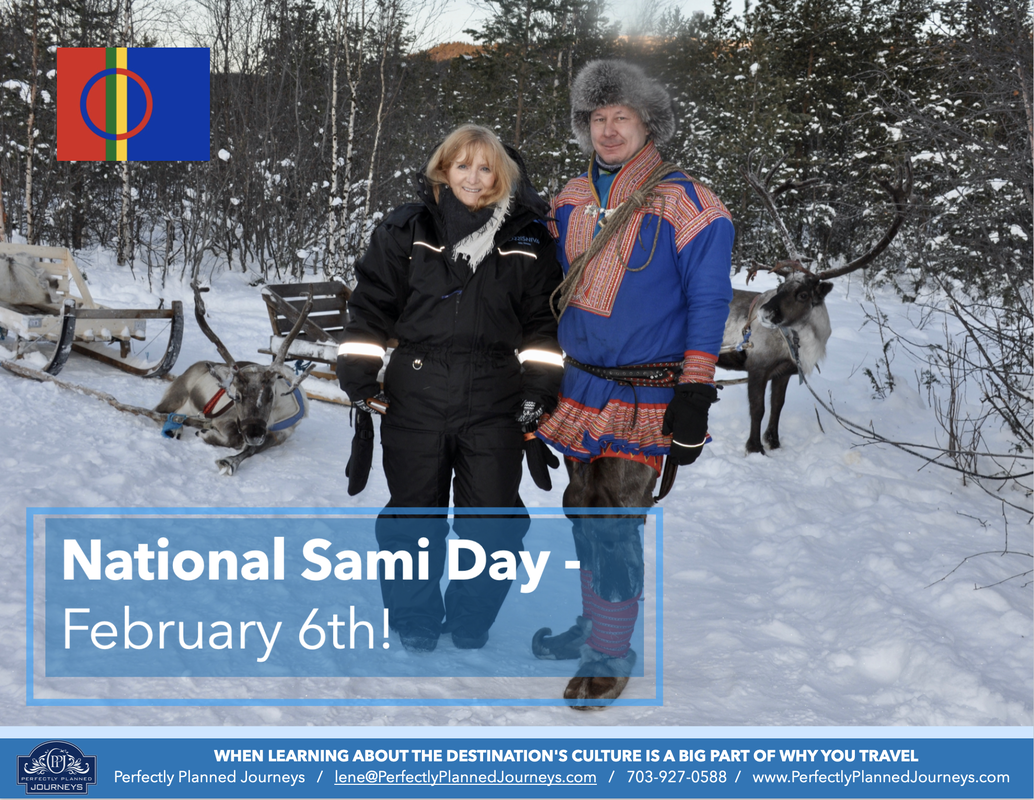
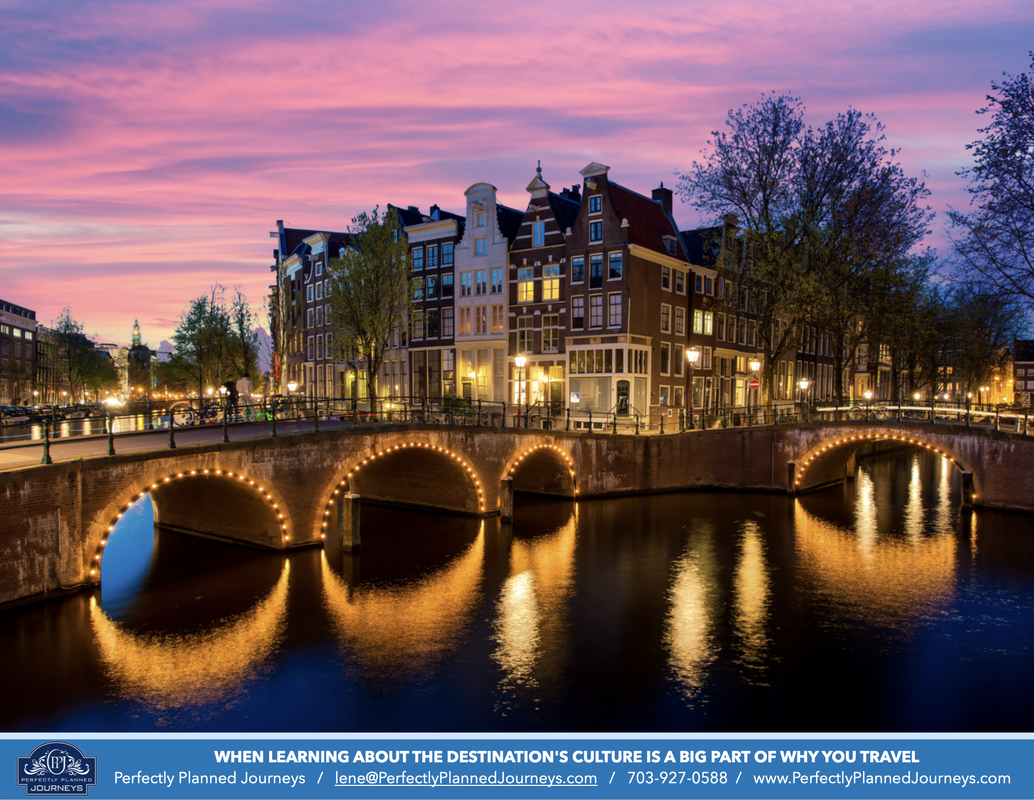


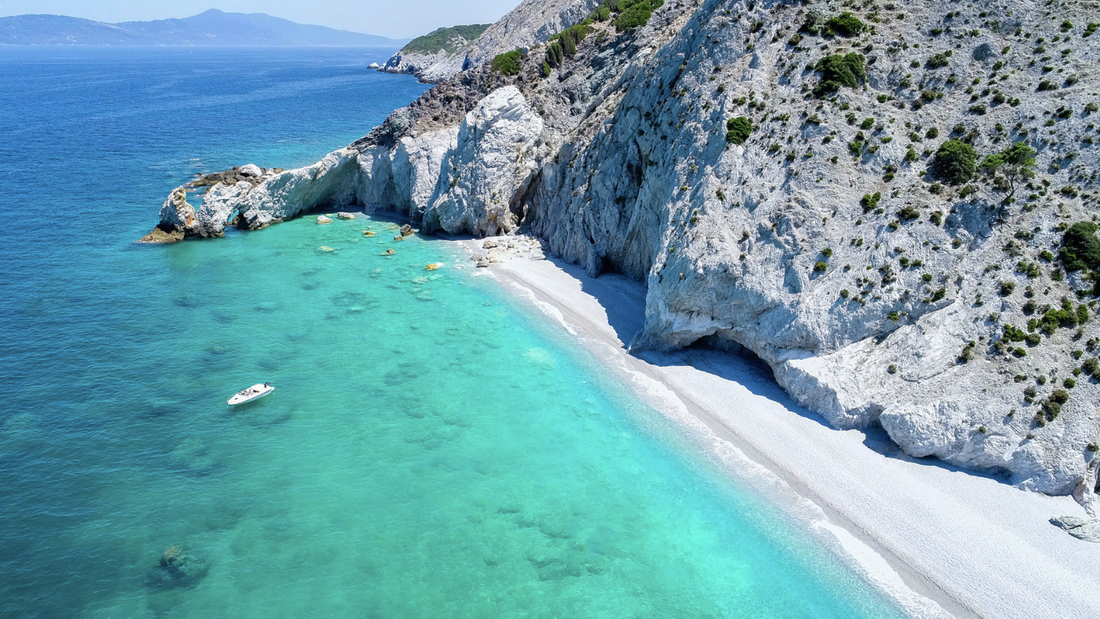
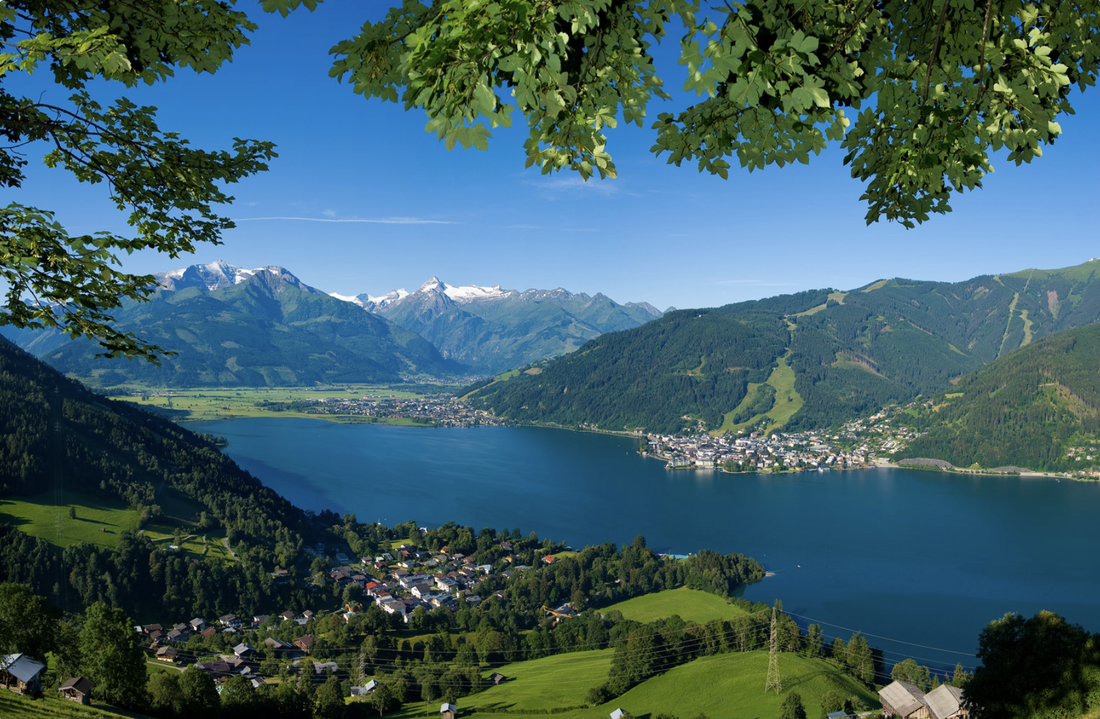



 RSS Feed
RSS Feed





